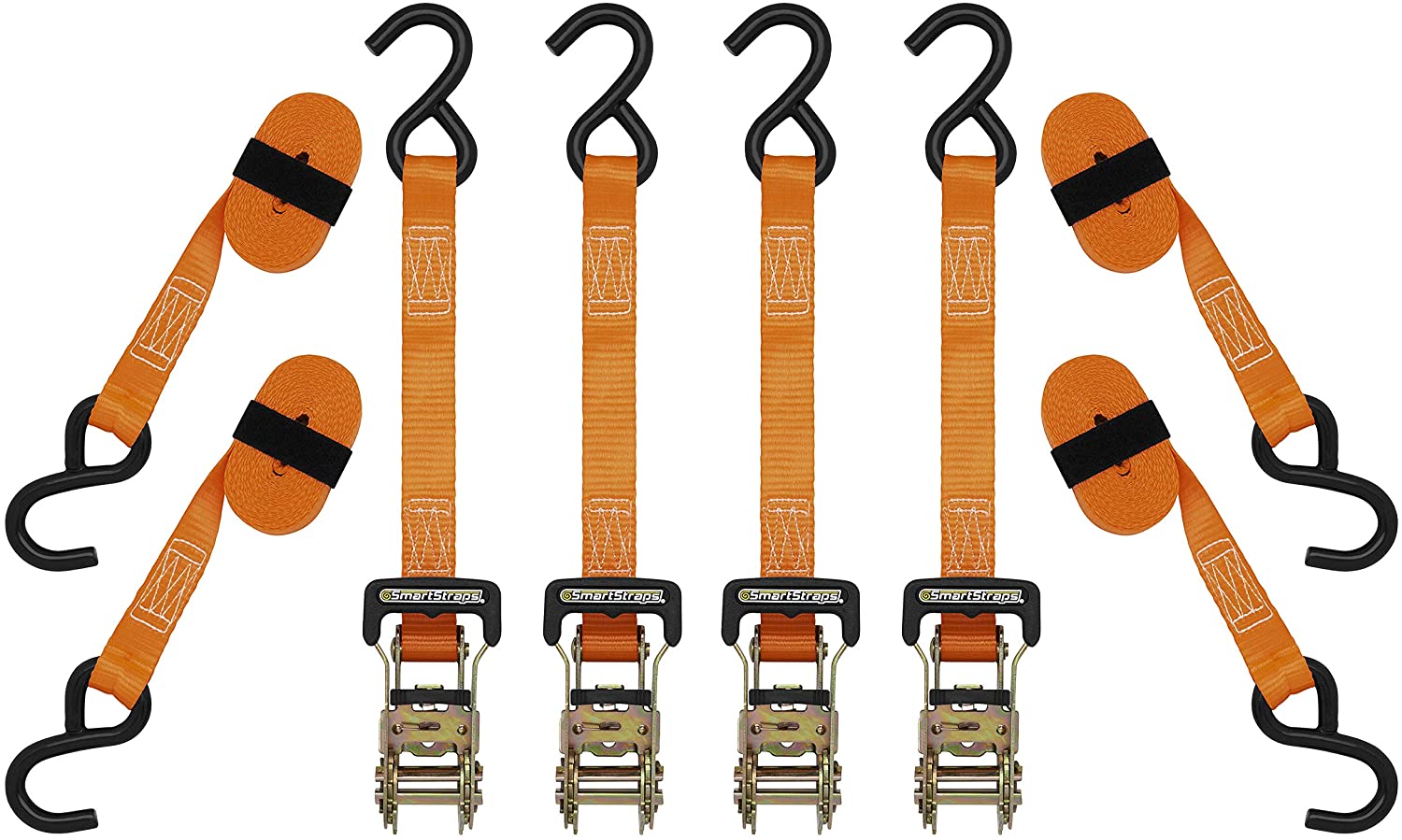Your vehicle must have the most acceptable method of tying down huge cargo so that it may be moved safely and securely from one location to another. As such, load straps have become an essential feature of many tie-down applications.
However, there are a variety of tie-down straps to choose from, and not all of them are created equally good, so you’ll need a set of criteria to guide you. So, find out what to look for in tie-down straps by reading on.
How Much Weight Can They Bear
Your cargo’s weight must be taken into account while using tie-down straps since if the weight exceeds the straps’ capacity; they are likely to snap on you. As such, the Working Load Limit (WLL) of each strap defines how much weight the strap can safely carry.
Consider your cargo’s maximum weight capacity when deciding how many tie-down straps you need to secure it to your vehicle. Meanwhile, two straps must be capable of supporting more than 1000lbs of weight if you intend to use them in tandem.
Strap Length
It’s also vital to consider the length of the load straps since if they’re too short, you won’t be able to secure your goods completely. It is also possible to have overly long straps, resulting in a considerable stumbling block while transporting.
Manufacturers have discovered a method to deal with the loose ends of tie-down straps through housings and wrappers, so there’s still hope even if you can’t locate the right length. The loose ends may be tucked into the housing as you tighten the retractable ratchet strap. The remaining piece of the strap may be rolled up and attached to the Velcro-like wrapper using the wrapper, which is permanently attached to the strap.
Methods of Tightening
Your vehicle will have a device that will help you secure the goods more efficiently, and the buckle or ratcheting mechanism might be used for this. Meanwhile, there are four main types of tie-down strapping to choose from:
- When using a buckle strap with a thumb release, you push the release button while passing the strap through the buckle and drawing it tight. The “teeth” of the buckle “bite” into the strap as you release your thumb.
- Ratchet straps provide you with more leverage while tightening your load, providing a better mechanical edge. On one end, they have a ratcheting mechanism that may be opened. And once the strap is inserted, it is closed by reversing the process. A lever is used to tighten the strap to your preference.
- If you’re looking for an alternative to traditional ratchet straps, then you’ll want to check out retractable ratchet straps.
- For heavy-duty applications, especially in the trucking industry, winch straps are an excellent choice. The hook on one end of the strap is attached to the truck’s anchor point, and you attach the strap to the hook. A winching mechanism is then used to winch the opposite end.
Method of Snagging
The hook of the strap can be attached to a different tie-down point depending on the make and model of the vehicle. You must also know what hook to use on your car when selecting tie-down straps.
- Using S-hooks and J-hooks, you may attach a trailer or a vehicle bumper to a flatbed or a thin metal area.
- Flat hooks are ideal for flat anchor points, such as the edges of an angle iron or square stock.
In the future, if you’re in the market looking for some tie-down straps, using the criteria listed above can help you narrow your search. You can rely on tie-down straps to keep your goods secure, no matter how big or little the load is. As such, you should be able to choose them wisely so that you may better employ them in the future.











